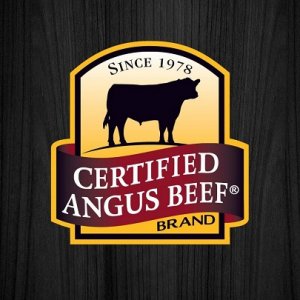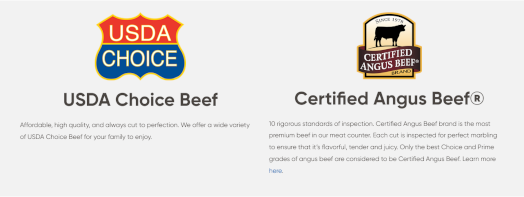I hope that my post does not sound stupid.
I know that according to law all products are required to be labeled.
The labeling still does not answer my question.
I would like to know if there is a source that provides information regarding what supplier, quality and grade of meat and seafood that two of the local markets use?
I know that according to law all products are required to be labeled.
The labeling still does not answer my question.
I would like to know if there is a source that provides information regarding what supplier, quality and grade of meat and seafood that two of the local markets use?



